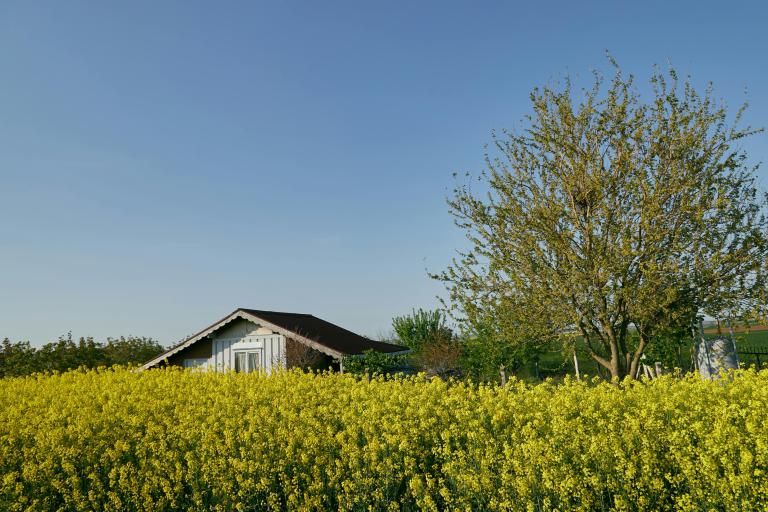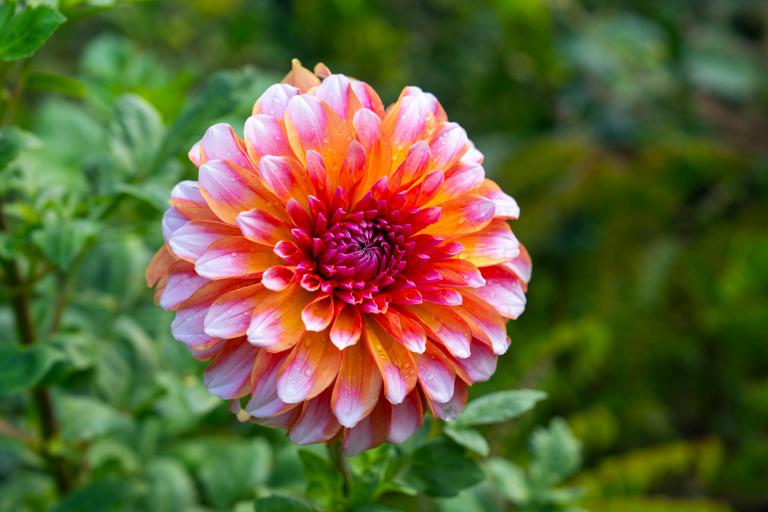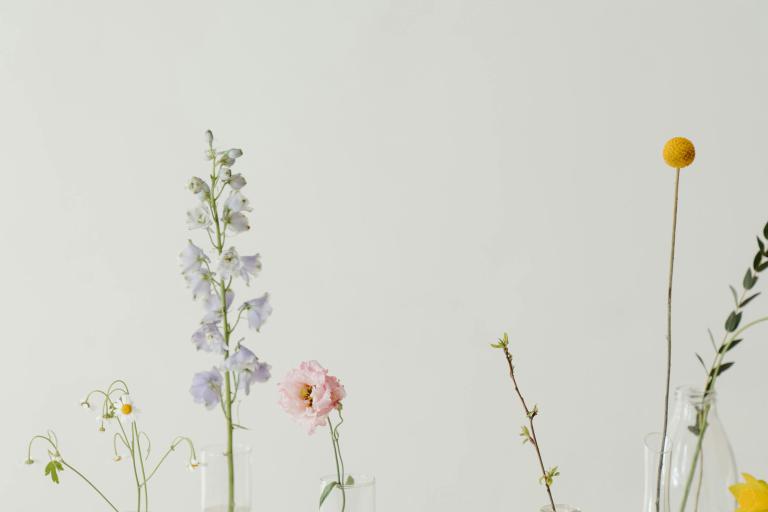Spring holds a special enchantment—a vibrant renewal of life that transforms stark landscapes into lush, colorful paradises. As winter retreats and nature awakens, it's the perfect time to dig your hands into the soil and bring your flower garden vision to life. In this article, we'll explore creative spring flower gardening ideas that aim to not just beautify your outdoor space but also connect you deeper with the rhythms of nature. Get ready to cultivate a garden that resonates with vibrant colors, diverse textures, and delightful scents!
Selecting the Right Flowers
Know Your Zone
Before diving into which flowers to plant, it’s crucial to identify your USDA Hardiness Zone. This zone classification helps you understand which plants can thrive in your climate. For instance, if you're in zone 5, colorful perennials like coneflowers and black-eyed Susans might flourish, while tropical species, such as hibiscus, would struggle in colder winters.
Why This Matters: Choosing flowers suited to your region not only enhances your garden’s beauty but also minimizes maintenance. Plants that are well-adapted to your climate will need less water, fertilizer, and pest control.
Blooming Calendar
Consider the blooming periods of your chosen flowers. Select a mix of early, mid, and late bloomers. For instance, plant tulips and daffodils for early spring brightness, followed by peonies and irises in early summer, and late bloomers like chrysanthemums for fall color.
The Benefits: Not only does this strategy lengthen the visual appeal of your garden, but it also creates a symphony of colors that change with the seasons, making your outdoor space feel dynamic and alive.
Designing Your Flower Bed
Layering for Visual Interest
Think of your flower bed as a canvas. To create visual depth, plant taller flowers like hollyhocks or sunflowers at the back and shorter varieties like phlox or pansies in the front. This layered effect not only makes every flower visible but adds dimension to your garden.
Why Layering Works: Layering helps prevent overcrowding and ensures that each flower gets the sunlight it needs. It also enhances the aesthetic appeal—imagine walking into a garden where blooms cascade downward like a waterfall of colors.
Incorporate Shape and Texture
Don’t just settle for a flat garden. Use flowers with varying shapes and foliage, like the broad leaves of hostas juxtaposed against the spiky flowers of lavender or the delicate fronds of ferns.
The Result: This diversity in texture and form not only captivates the eye but also creates a more inviting and engaging space, perfect for spending leisurely afternoons.
Creating Pathways and Borders
Define Your Space
Imagine walking through a garden where the path leads you on an aromatic journey, flanked by a riot of colors. Use materials like gravel, stepping stones, or wood chips to create charming pathways through your flower beds. Borders of smaller blooms or low-growing plants can frame your pathways beautifully.
Why Pathways Matter: They help keep foot traffic off your delicate plants, protecting their roots from compaction. A well-defined path can also guide visitors, making your diverse blooms more accessible and enhancing the overall flow of the garden.
Edging for Definition
Add decorative edging to flower beds using brick, stone, or even natural wood to create a clear demarcation between your garden and the surrounding lawn.
The Practical Benefits: Besides the visual appeal, edged gardens are easier to maintain as they help control weed encroachment and keep grass from invading your flower beds.
Pollinator-Friendly Choices
Embrace the Bees and Butterflies
Incorporate a variety of flowers known for attracting beneficial pollinators. Plants like milkweed, lavender, and zinnias not only add color to your garden but invite bees, butterflies, and hummingbirds.
Why This Is Important: Pollinators play a critical role in our ecosystem, aiding in the reproduction of many flowering plants. A thriving pollinator-friendly garden helps support local wildlife and biodiversity.
Incorporate Native Plants
Native flowers are typically well-suited to the local climate and soil conditions, requiring less water and maintenance than exotic species. For instance, black-eyed Susans and wild geranium are native to much of North America and flourish in various environments.
The Benefits: By choosing native plants, you contribute to the preservation of local species, and these plants often have unique adaptations that make them resilient to pests.
Overcoming Challenges
Pest Management
Every gardener faces the pesky issue of gardening ‘uninvited guests.’ Instead of reaching for chemical pesticides, consider natural solutions like planting marigolds, which deter aphids, or introducing ladybugs that feast on harmful insects.
The Advantage: Natural methods ensure a healthier ecosystem, promote biodiversity, and yield chemical-free blooms—transforming your garden into a safe haven for both you and nature.
Seasonal Changes and Maintenance
Spring can be fickle, with unexpected frosts or heavy rains. Stay vigilant and protect young plants with row covers on chilly nights or ensure proper drainage in areas prone to flooding.
Preparing for the Unexpected: By being proactive and adaptable, you can cultivate a resilient garden that withstands the challenges nature throws at it, leading to stunning blooms all season long.
Conclusion
Creating a spring flower garden is more than just planting; it's an investment in beauty, biodiversity, and personal well-being. As you select flowers that resonate with your aesthetic, design your landscapes thoughtfully, and embrace the challenges and rewards of gardening, your efforts will culminate in a flourishing paradise teeming with color and life.
Whether you're savoring the sight of your first bloom or enjoying a moment of peace surrounded by buzzing bees and fluttering butterflies, remember: every flourish of your garden tells a story, one that connects you to the greater tapestry of nature. So grab your gardening gloves, and let’s create a blooming paradise this spring!




